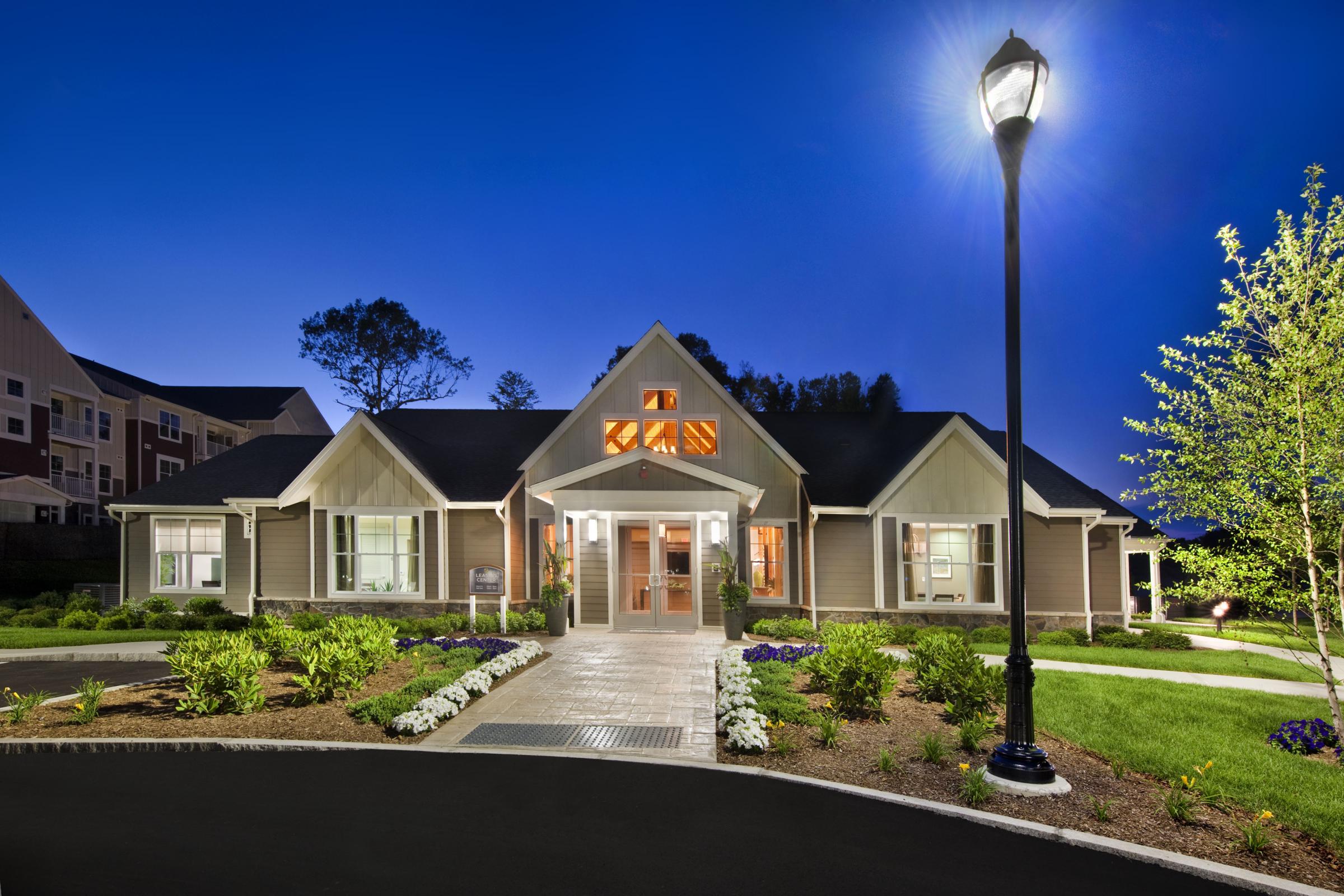A Developer’s Perspective on BuildingEnergy 15
Learn more about BuildingEnergy 15: http://nesea.org/be15
I am a developer of market-rate (usually with some component of affordability) apartment communities of 100+ units. My firm is a national company that produces about 5,000 units annually and sells these communities once stabilized to institutional owners. We are what is called “merchant builders;” that is, we build to sell and then build again. For me, investing in energy efficiency has little direct return on investment because while I pay to build the higher performance building, my tenants benefit from the energy savings and you can bet that they’re not willing to pay me for rent for the privilege of having lower energy bills. So, why the heck have I been attending BuildingEnergy off and on since 2002?
Because if you believe in it, the only way to learn how to do it right is to learn it from the pros who are presenting at and attending BuildingEnergy. And if you do it wrong, you’re not only defeating your efforts at saving the world, you’re also jeopardizing the integrity of your building, your investment returns, your public image and your tenants’ happiness. I’m not sure which is worse.
So, as a developer, which sessions have caught my attention this year? Terry Brennan is always a must-see. His H2-Uh-Oh session looks like another in a long string of edutainment sessions. Plus, who couldn’t use a reminder on how moisture moves through buildings and how completely #&@!ed you can be if you forget to manage moisture. Besides, I love it when I can engage in intelligent, informed debates with my construction guys about why our roof is leaking when there is no bulk water intrusion!
 The Building Science of Multifamily Passive House is also high on my list. As we move to stricter and stricter energy codes, and as our construction industry becomes increasingly sophisticated, I believe Passive House concepts will be our best opportunity to “tunnel through the cost barrier” (am I the only one still quoting Amory Lovins?) and find synergies within the building system that can manage skyrocketing costs. I also believe that there’s a “cool” factor here that will speak to Millennials in the same way that the Nest thermostat and uber do: elegant simplicity.
The Building Science of Multifamily Passive House is also high on my list. As we move to stricter and stricter energy codes, and as our construction industry becomes increasingly sophisticated, I believe Passive House concepts will be our best opportunity to “tunnel through the cost barrier” (am I the only one still quoting Amory Lovins?) and find synergies within the building system that can manage skyrocketing costs. I also believe that there’s a “cool” factor here that will speak to Millennials in the same way that the Nest thermostat and uber do: elegant simplicity.
A couple other sessions speak to the user side of the energy-efficient buildings equation that I find especially intriguing. We can do everything right and still do it wrong if we haven’t “sold” our residents on energy efficiency. For these topics, check out Creating a Culture of Energy Responsibility, Recent Research in Behavior, and Beyond Technical Measures. If the Nest could give real-time feedback about the energy consumption (or the cost) of your everyday choices, would we finally see changes in behavior? What if it posted to facebook or sent a tweet when you turned down the heat or powered off your DVR? Would you turn on that space heater if your entire social network knew you were doing it?
Go to BuildingEnergy, you won’t regret it. There’s so much rich content you can’t help but learn something, even if it’s only that there is hope for us all in the form of this tireless, passionate and brilliant community of world-changers.
Learn more about BuildingEnergy 15: http://nesea.org/be15
Our Mission
NESEA advances sustainability practices in the built environment by cultivating a cross-disciplinary community where practitioners are encouraged to share, collaborate and learn.





Add comment